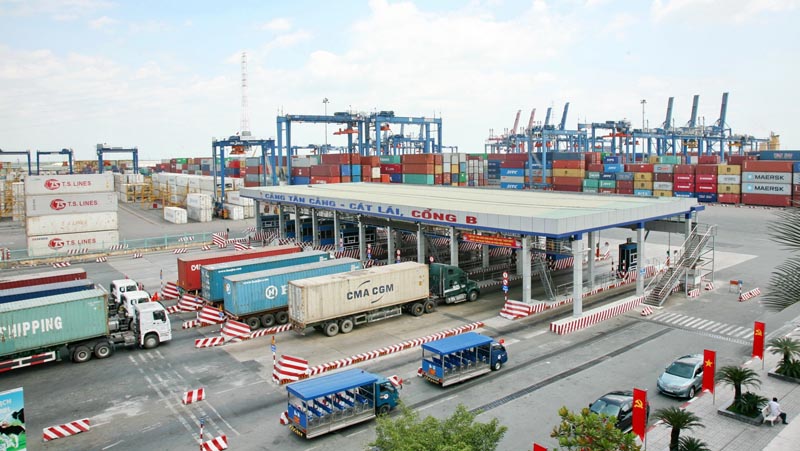


|
Strong
export growth to the US
According
to the General Statistics Office, the US remained the largest market for
Vietnamese exports in the first half of 2017, at US$19.6 billion, up 9.5%
annually, lower than the 12.8% growth rate during the same period of 2016.
But the
Ministry of Industry and Trade (MOIT) explained that the reason behind the
slowdown in growth is a result of slower-than-expected growth in the US
economy, therefore Vietnam’s 9.5% growth in exports to the US is a
respectable performance.
Vinatex
General Director Le Tien Truong said that as the world economy remained
unstable and the global textile sector remained fairly subdued, the main
importers of garments, including the US, all witnessed a slowdown in their
imports.
The MOIT
added that a number of sectors saw slower growth in exports to the US but
exports in general remained positive because Vietnam has been trying to
diversify its export markets. For example, the export revenue of computers
and electronic products to the US reached US$1.05 billion in the first half of
the year, up slightly at 0.2%. However, during the same period, phone exports
increased by a dramatic 45.8%, with shipments to Slovakia, Turkey and Mexico,
shooting up by 989.3%, 403.3% and 132.1% respectively.
Seafood
revenues to the US also reached just US$638 million, up 0.43%, as Vietnamese
exporters are shifting their targets to the EU, Japanese and Chinese markets.
New
expectations
According
to the MOIT, the US withdrawal from the TPP dashed the hopes of a stronger
trade growth with the world’s largest economy but at this time and in the
future, this withdrawal will not have any negative impacts on US investment
and trade with Vietnam.
In
addition, although Vietnam is on the list of countries with which the US runs
a trade deficit, Vietnam is not its main target. In fact, a large part of
Vietnam’s equipment, computers and electronic component exports to the US are
produced by US companies in Vietnam.
Nevertheless,
the largest hurdle for Vietnamese exports to the US is the growing protection
in the form of technical barriers, especially stricter requirements on
quality and food safety, for instance, regulations on pesticide residues in
rice or antibiotic residues in seafood, which have hurt Vietnam’s farming and
seafood exports lately.
As such,
the MOIT has stated that in the long run, measures are needed to enhance the
quality of Vietnamese food products in order to meet safety standards, so
that Vietnam can maintain and expand its market share in the US.
Vu Tien
Loc, Chairman of the Vietnam Chamber of Industry and Commerce, a body
representing Vietnamese enterprises, said that with or without the TPP, the
US remains Vietnam’s major trading partner and investor.
Although,
at present it is hard to predict the US administration’s attitude towards the
Vietnam-US economic relationship, enterprises are anticipating new bilateral
and multilateral agreements replacing the TPP, to boost trade and investment
between the two sides.
The MOIT
has projected that Vietnam’s exports to the US could reach over US$40 billion
in 2017 and the US will remain the largest export market of Vietnam.
|
Source: NDO